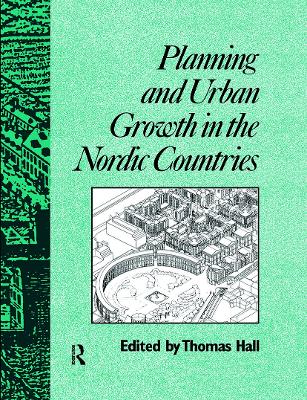Planning, History and Environment
3 total works
This is the first history of Stockholm's development from the city's unique seventeenth-century redevelopment and extension to the postmodern, postindustrial trends of today. While the city's planners borrowed the ideas from abroad at certain periods, they provided the lead for the rest of the world at others. For much of the mid-twentieth century Stockholm was the model for Europe and elsewhere. Written by an acknowledged authority on the city and Swedish architecture and planning generally, with a wide range of illustrations, this book provides a much needed explanation of one of Europe's great cities.
During the nineteenth century many of Europe's capital cities were subject to major expansion and improvement schemes - from Vienna's Ringstrasse to the boulevards of Paris.
Thomas Hall examines the planning process in fifteen of those cities and addresses the following questions: when and why did planning begin, and what problems was it meant to solve? Who developed the projects, and how, and who made the decisions? What urban ideas are expressed in the projects? What were the legal consequences of the plans, and how did they actually affect subsequent urban development in the individual cities? What similarities or differences can be identified between the various schemes? How have such schemes affected the development of urban planning in general?
**This book was originally printed as a hardback in 1991. The paperback released in 2011 is a reprint of the original**
Planning and Urban Growth in Nordic Countries examines urban development and planning in Denmark, Finland, Norway and Sweden. Emphasis is on the period from the mid-nineteenth century to the present day, and the authors of each 'country-study' look at their own national developments against the background of those in other Nordic countries well as the rest of Europe and the USA.


